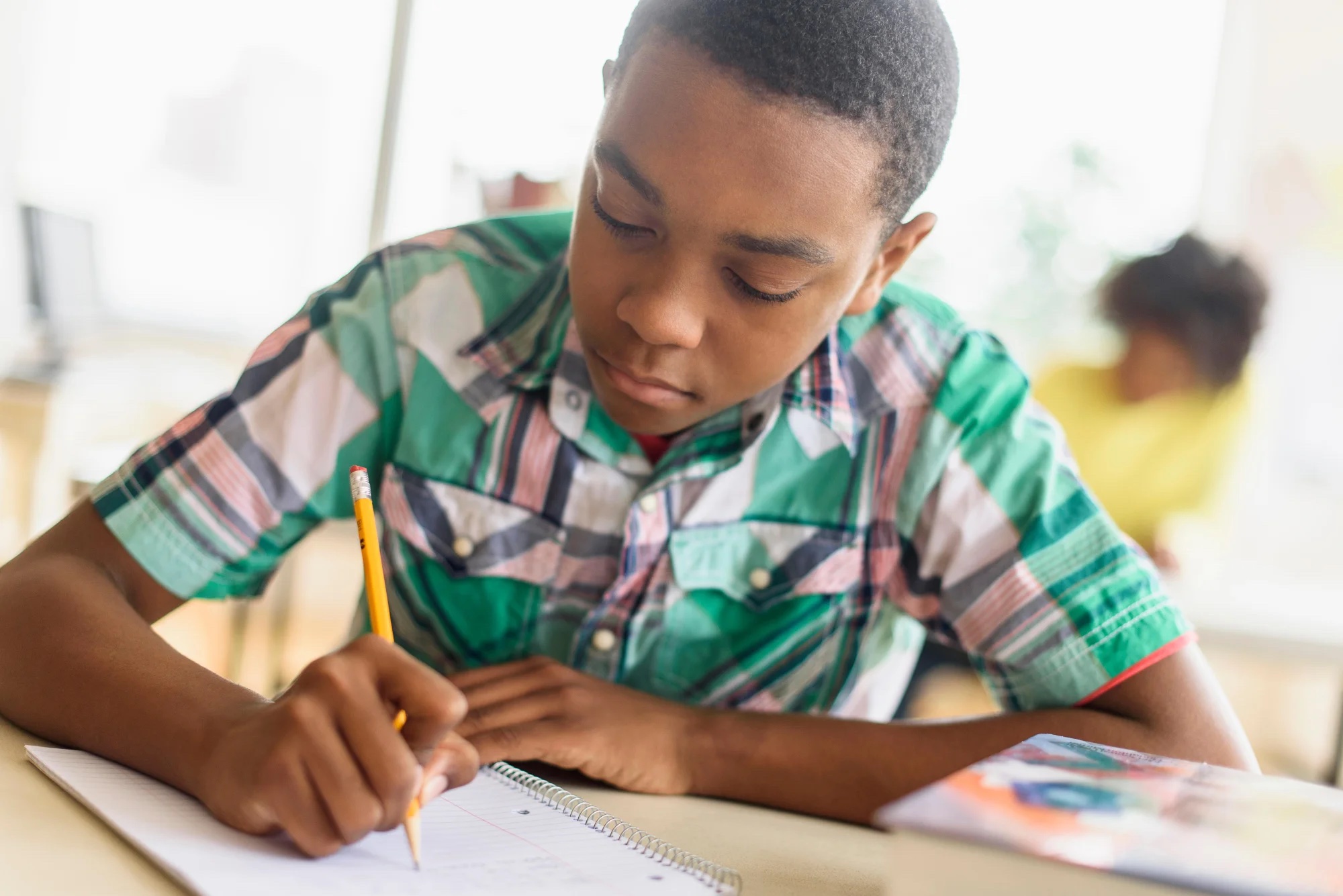Hands-on learning experiences help young learners build their vocabulary while boosting their literacy skills.

In Larry Ferlazzo’s Education Week column, Classroom Q&A, guest blogger Rita Platt writes that “writing and reading are reciprocal processes,” and shares a strategy to capitalize on the relationship between the two to help students become better readers. A principal and National Board certified teacher, Platt describes the Language Experience Approach (LEA), a process where students share an experience as a class, describe the experience out loud, write about it, and then read what they wrote.
“It is fun, it builds class culture, strengthens student ownership and investment in reading and writing, and it can help combine content, literacy, and English-language development and learning,” says Platt, who started using the strategy as a first and second grade teacher in Alaska and has found it particularly effective for English language learners.
In the experience part of the LEA, a teacher typically does not give students explicit instructions so that students can freely explore. After the experience, the teacher may model how to articulate the details of the experience to get students started. Once the teacher has demonstrated how to use words to summarize parts of the experience, the students can practice verbal descriptions. This oral recitation “help[s] students to rehearse the ideas they will be writing about.”
Once they are comfortable with saying the vocabulary words out loud, students move to the written part of the strategy where the teacher and students work together to write about what they experienced and observed. The written work then becomes a tool for reading practice and a way for students to reinforce the vocabulary they used earlier.
In one of Platt’s examples, kindergarten students play in the snow and learn to snowshoe. As they frolic, their teacher takes photographs of the experience. When they return to the classroom, the students use the images as prompts to describe what they liked best about the experience. The teacher then writes those moments on the board, modeling the writing process, and types the responses into a document that includes the photographs she took. Students can take home copies of the document as their reading practice for the week, Platt says.
In another example, a new English learner and his teacher cull through the items in his desk. As they touch each tool, the teacher prompts the student to identify what each item is and how it works, using the stem: “This is a _____. I use it to _____.” After the student writes about the tools in his desk, he turns his writing into a book that he can take home to practice reading.
The approach can benefit students in a variety of ways: By drawing on their own personal experience “students learn to recognize words in print that are orally very familiar to them” and practice their vocabulary. The teacher also has an opportunity to model ways to turn experiences into language—in both oral and written forms—that can boost writing skills. Lastly, students are able to read their own work for practice, reinforcing their reading skills, but also building confidence in their writing abilities.
A Fun, Experiential Approach to Strengthen Reading and Writing Skills